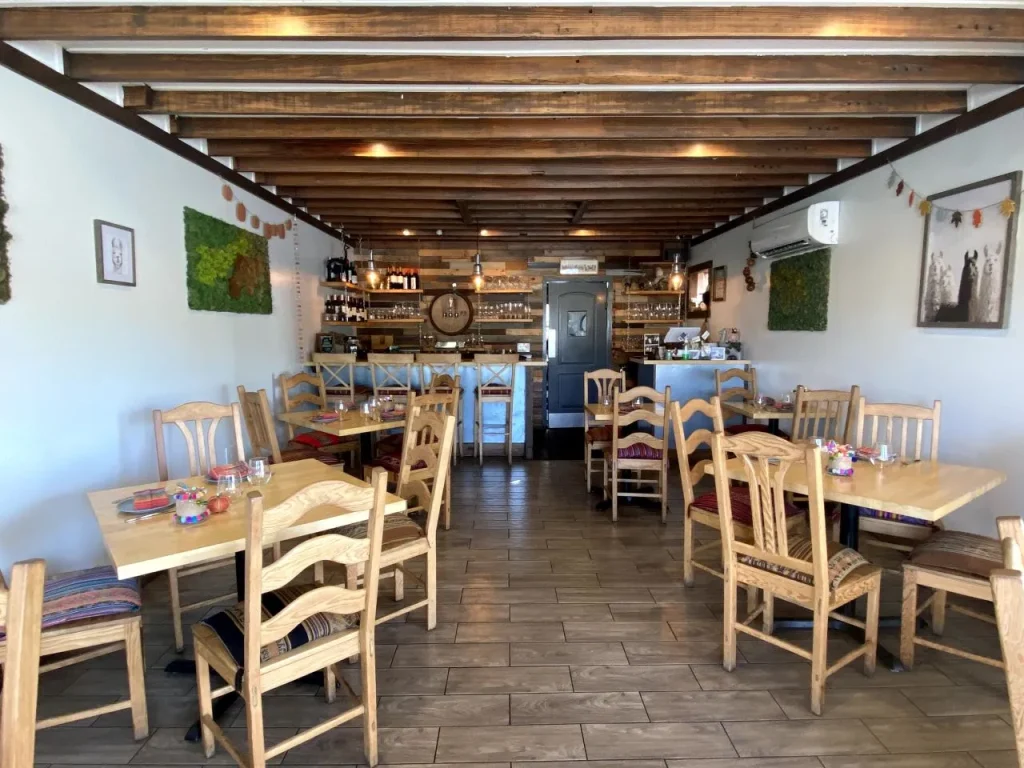When planning a painting project, understanding the difference between residential and commercial painting can save you time, money, and frustration. Whether you’re refreshing your home’s interior or preparing a commercial building for a grand opening, knowing what kind of painting service you need is essential.
In this article, we’ll explore the definitions and purposes of residential, commercial, industrial, and construction painting. You’ll also discover the key differences between them and learn how to choose the right service—especially if you’re searching for commercial painting in San Augustine.
What is residential painting?
Residential painting involves applying paint to the interior and exterior surfaces of homes, including houses, apartments, and condominiums. The primary goal is to enhance the aesthetic appeal of living spaces and protect surfaces from wear and environmental elements.
Professional residential painters typically handle tasks such as painting walls, ceilings, trim, and other decorative elements. They use tools like brushes, rollers, and sprayers, and select paints that align with the homeowner’s preferences and the home’s architectural style. Common paint types include water-based latex and acrylic paints, chosen for their low odor and ease of application.
Preparation is a critical step in residential painting. This includes cleaning surfaces, repairing imperfections, sanding, and applying primer to ensure a smooth and durable finish. Residential painters often work closely with homeowners to select appropriate colors and finishes that reflect personal style and complement the home’s design.
Watch our video about our Miami Condominium repainting project!
What is commercial painting?
Commercial painting refers to painting services for business properties such as offices, retail stores, restaurants, and large residential complexes. These projects are typically larger in scale and may involve painting both interiors and exteriors to enhance the property’s appearance and protect structural elements.
Commercial painters are equipped to handle diverse surfaces, including concrete, metal, and wood, and often use specialized equipment like scaffolding and lifts to access hard-to-reach areas. They select durable paints designed to withstand high traffic and environmental stressors, ensuring longevity and minimal maintenance.
Scheduling is a crucial aspect of commercial painting projects.
inters often work during off-hours or weekends to minimize disruptions to business operations. Additionally, commercial painters must adhere to safety regulations and building codes, ensuring that all work meets legal and professional standards.
Watch our pictures about LLama Restaurant’s interior painting project!


Key differences between residential and commercial painting
| Aspect | Residential Painting | Commercial Painting |
|---|---|---|
| Scope | Single-family homes, apartments | Offices, retail spaces, warehouses, large complexes |
| Project Size | Smaller scale | Larger scale |
| Scheduling | Flexible, based on homeowner availability | Often during off-hours to avoid business disruptions |
| Equipment Used | Standard tools like brushes and rollers | Specialized equipment like lifts and scaffolding |
| Paint Types | Aesthetic-focused, variety of colors and finishes | Durable, high-performance paints for various surfaces |
| Regulations | Fewer regulations | Must comply with safety codes and regulations |
What is construction painting?
Construction painting refers to painting services provided during the construction or renovation of buildings. This includes applying primer and paint to new drywall, ceilings, and other structural elements to protect surfaces and provide a finished appearance.
Construction painters work closely with other contractors to ensure that painting is completed on schedule and aligns with the overall construction timeline. They must be adept at working in dynamic environments and coordinating with various tradespeople.
The choice of paint and application techniques in construction painting depends on the building’s intended use, environmental conditions, and client specifications. Proper surface preparation and adherence to building codes are essential to achieve a durable and compliant finish.
Choosing the right painting service for your project
Selecting the appropriate painting service depends on the nature and requirements of your project:
- Residential Painting: Ideal for homeowners looking to refresh or remodel their living spaces.
- Commercial Painting: Suited for businesses aiming to enhance their property’s appearance and protect structural elements.
- Industrial Painting: Necessary for facilities requiring durable coatings to withstand harsh conditions.
- Construction Painting: Essential during the building phase to ensure surfaces are properly finished and protected.
Consulting with professional painters can help determine the best approach, materials, and schedule for your specific needs. Get a Quote!
Why location matters: Commercial painting in Saint Augustine
In Saint Augustine, Florida, the local climate and architectural styles influence commercial painting choices. High humidity and temperature fluctuations necessitate the use of paints that can withstand moisture and thermal expansion.
Local commercial painting contractors are familiar with these conditions and can recommend suitable materials and techniques. Additionally, understanding regional aesthetic preferences ensures that the finished project aligns with community standards and enhances curb appeal.
I hope I managed to make the basic differences easy to understand. As MultiColor employees, we are at your service with serious professional experience as a residential and commercial painting service company! Don’t waste your time, choose high quality! Request our quote today!
Free estimate: Call now: 1(904) 217-9681 – Peter Hando – local painter in Saint Augustine


